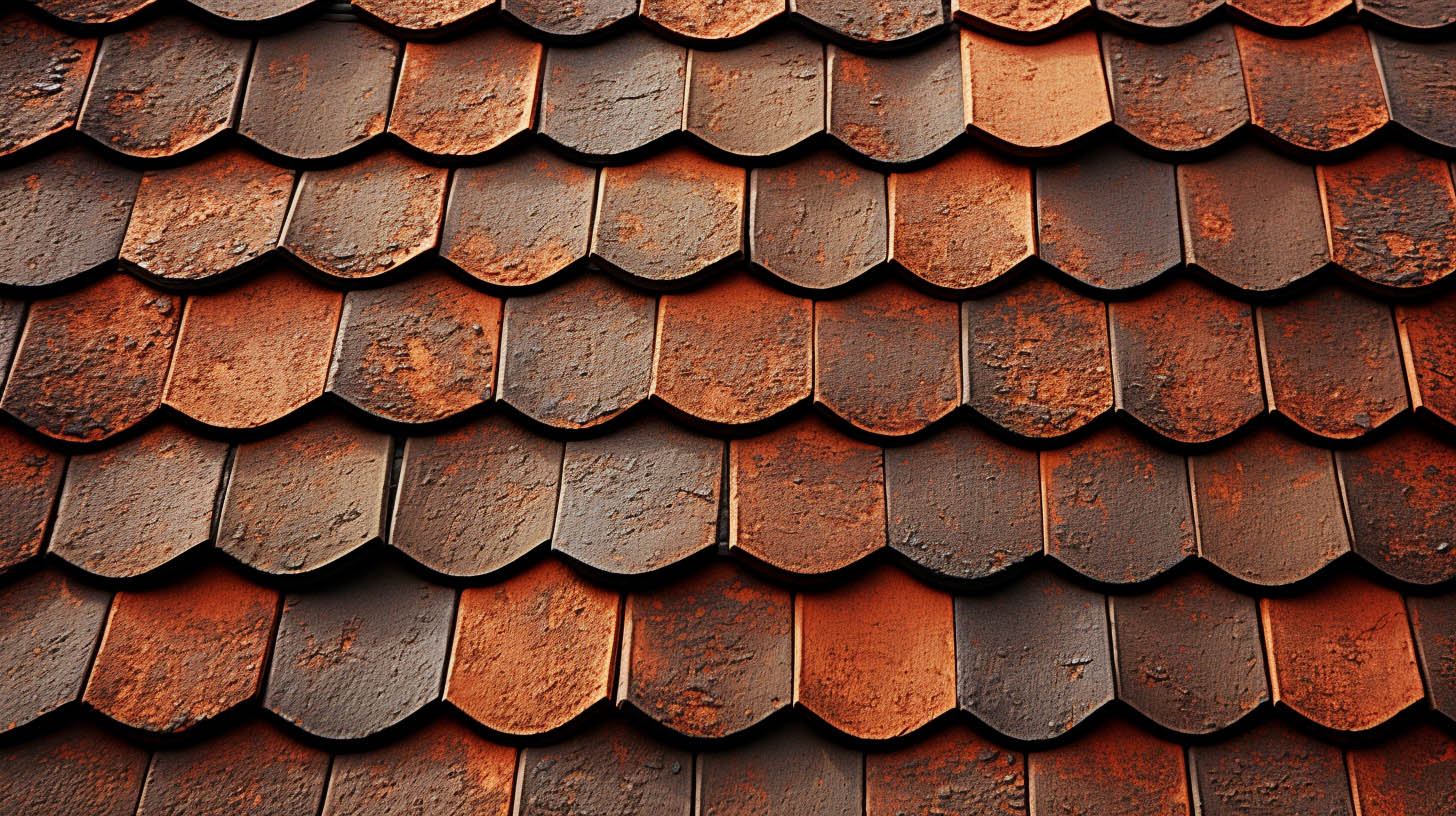
Understanding the Time It Takes for Roof Shingles to Properly Seal
When it comes to ensuring the longevity and durability of your roof, understanding the sealing process of asphalt shingles is crucial. Many homeowners believe that once shingles are nailed down, the job is complete. However, the reality is that the sealing process is a critical step in roof installation, especially for asphalt shingles.
The Process of Shingle Sealing
Shingle sealing is not about the attachment of the shingles to the roof deck; it’s about how the shingles bond to each other. Each asphalt shingle is equipped with a strip of heat-activated adhesive along its top. This adhesive is key to forming a strong bond with adjacent shingles. When activated by heat and sunlight, it creates a seal that firmly secures the shingles, protecting them from being lifted by strong winds.
Factors Influencing the Sealing Time
The duration for shingles to seal depends significantly on weather conditions. Ideally, the adhesive requires an ambient temperature near 70 degrees Fahrenheit to activate. However, even in cooler temperatures, such as in the 40s, solar radiance can sufficiently warm the shingles, albeit over a longer period, typically two to three days.
During this period, the shingles need to be undisturbed. They naturally relax, flatten, and form the seal. It’s essential for them to be installed correctly to ensure they settle and seal effectively.
Conversely, extremely high temperatures can pose challenges too. If the adhesive warms too quickly, it may lead to issues with the sealing process. Therefore, temperature management is a critical aspect of roof installation and maintenance.
Conclusion
For homeowners in Columbus, OH, understanding the sealing process of roof shingles is vital for maintaining the integrity of their roofs. MaxForce Roofing and Siding LLC, a local expert in roofing solutions, emphasizes the importance of considering weather conditions and proper installation techniques to ensure a durable and long-lasting roof. By acknowledging these factors, homeowners can ensure their roof remains secure and effective for years to come.

